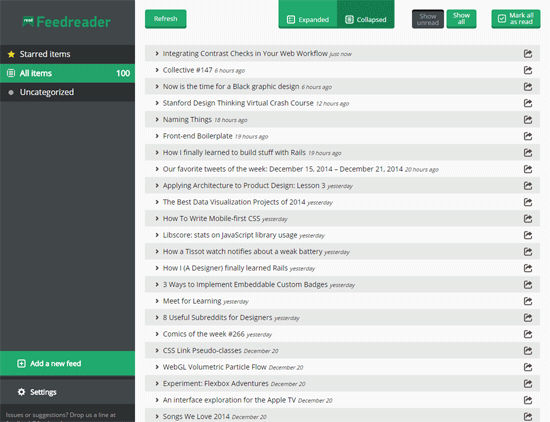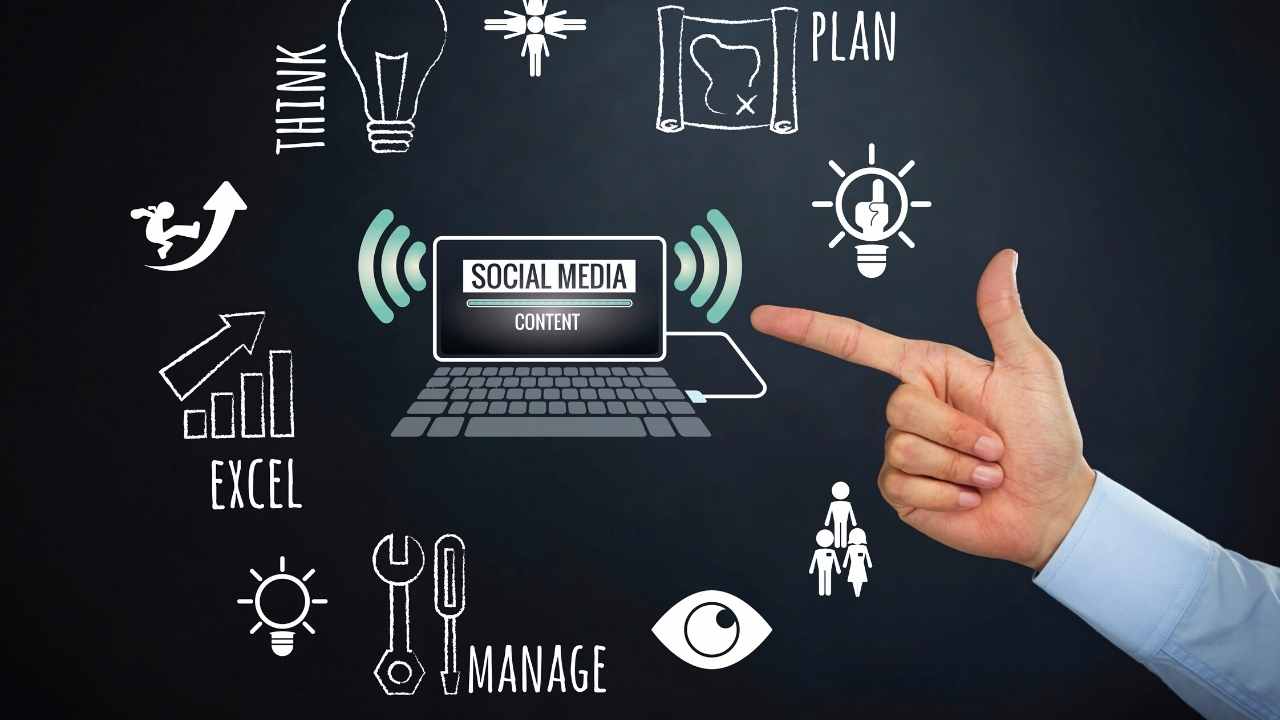
Inbound marketing is a proven method of generating content that leads to sales. UGC, influencers (user-generated text), lead magnets, content that uses consumer psychology and lead magnets are just some examples of effective inbound marketing. Below are some examples that you could use to adapt these strategies for your business. You'll be able to create an improved inbound marketing campaign by following these tips.
UGC
UGC can be used to increase customer engagement. Instead of relying only on brand ads, this kind of content is generated from readers. UGC can be used to increase loyalty by its most passionate fans. Customer advocacy programs, for instance, can be a powerful way to encourage UGC from more targeted brand advocates. This type of content allows the brand to tap into the unique experience of its most passionate fans.
User-generated content
Numerous benefits are associated with user-generated contents. Not only do they provide a high level of organic content, but they also improve brand credibility. Coca-Cola, for example, ran a viral contest asking viewers to share a Coke with their family and friends. It quickly became a global phenomenon. Furthermore, videos and photos have much higher share rates that other types of content.

Lead magnets
Lead magnets can be valuable pieces of content used in content marketing to exchange contact information. Lead magnets are an effective way to generate leads for marketing campaigns. They are an effective way to build brand awareness, credibility and provide real value for potential customers. Here are some examples of lead magnetic examples that will help you understand how they can enhance your marketing efforts. Your website's SEO ranking will increase and lead magnets will help you get more traffic.
Use influencers
There are many benefits to using influencers for content marketing. This is a proven way to promote ecommerce stores and works well in content-forced advertising campaigns. Influencers have the potential to increase interest in your products. They are also an excellent way to reach niche buyers. In order to get the best results, influencers need to be engaged and connected with your brand.
Using data
Marketers are increasingly relying on data to market their content. This is due to the increasing amount of information that consumers have access, making it more difficult for them be selective about what they read and hear. You can use data to your advantage to gain valuable insights into your audience's needs and interests and tailor your content accordingly. Using data to create user profiles and highly-granular audience segments is a key component of data-driven content marketing.

FAQ
Does Content Marketing require an SEO specialist? Yes!
SEO professionals understand how search engines such as Google rank pages. They can also help you choose the right keywords to optimize your page.
Do I need an agent to do Content Marketing
No! No. There are many online tools that can help you create high quality content. Agencies tend to charge higher prices for their services.
What should I do to get started with content marketing?
Start by identifying the audience. Who are they? What are their needs? How can you assist them? You can identify who you are writing to and where you should focus your efforts.
How long should my Content Marketing be effective?
It depends on your goals. Businesses may be looking for immediate results, while others want long-term growth. We recommend that you begin with three months worth of consistent content creation, and then review your work after that time.
Should I hire a writer to write my Content Marketing?
No! It doesn't take a professional writer or editor to produce content that will benefit your business. There are tons free resources to help you get started.
How do you create an effective content marketing strategy?
Start by deciding what kind of content content you want. Then, decide who your target market is and how they use the internet. Next, choose the best channels to reach your target audience. Then, select the appropriate keywords for each channel and create compelling copy for each piece.
Statistics
- According to research compiled by Coschedule: Companies that publish 16+ blog posts a month get as much as 3.5x as much traffic as those that publish 0-4 posts a month. (criteo.com)
- Companies that use content marketing see approximately 30% higher growth rates than businesses not using it. (mailchimp.com)
- In fact, would pay more for a better customer experience, and 86% of B2B buyers would pay more. (neilpatel.com)
- Progress indicators (0–100%) allow each team member to see how attainable each goal is and understand what remains to be accomplished. (semrush.com)
- An example of an overarching goal could be: "In 2022, we want to achieve a 20% increase in revenue created by organic content and generate 15,000 MQLs with a budget of $30,000." (semrush.com)
- To further show the importance of this, 89% of people have stopped doing business with a company because of a poor experience. (neilpatel.com)
- This marketing strategy landed Ford a 15.4% conversion rate. (neilpatel.com)
- Measure your goals with a progress indicator of 0-100%. Make your goals collaborative and transparent (semrush.com)
External Links
How To
Informationgraphic creation tips to help with content marketing
Infographics are a powerful way to simplify complicated concepts, and make information easier to understand. Information marketing is about providing valuable and useful information to your target audience. Infographics are a great way to share this message.
For creating an infographic you'll need software such as Adobe Illustrator and Photoshop. These programs allow you to create infographics by drawing different shapes and elements. You can then use colors and fonts for your data. Once your design is ready, you can start uploading images from sites like Pixabay and Unsplash to insert into your design.
Look online for inspiration to create your own infographics. For example, if you want to show how many calories are in certain foods, you could take a picture of a food pyramid and replace the numbers with pictures of those foods. You might also want to calculate how many calories are in soda pop. This can be done by taking a picture with a bottle of Coke.
Once you've created your infographic, share it on social media channels like Facebook or Twitter. This helps people who aren't familiar with the concept learn about it. Include hashtags if you plan to share your infographic via social media platforms. This will allow others to see what you're talking. Users can follow conversations around specific topics using hashtags.
An infographic is a shorter version of a blog post. An average blog post is between 2000 and 5000 words, while an infographic takes 500 to 1000 words. That means you can get more information across in less space.
Keep in mind that viewers may have difficulty reading small fonts when creating your infographic. You should use large fonts for your infographics. Don't rely too heavily upon color. Make sure all text is legible.
Here are some other tips.
-
Choose an Infographic Design Template. There are many free templates online. Canva, Piktochart or Google Slides are three of the most well-known templates.
-
Make your Infographic. Create your infographic using the template. You can use any kind of media that you feel is appropriate for your audience. You might use photos of local restaurants to create an infographic about the best places in Seattle.
-
Add text. Add text after you've created your infographic.
-
Add Images. Your infographic can also include images. You can add images to your infographic. If you want to add a picture, make sure it's relevant to your topic.
-
Make It Interactive. You can also add interactive elements such buttons, maps, links, and other features. This will allow you to engage your audience.
-
Share. Share your infographic after you're done.
-
Measure. How well did your infographic perform? Did people click through? Did they signup for your mailing list? What was their reaction when you showed them your infographic
-
Improve. Is there a way to improve your infographic? Do you think your infographic could be better?
-
Repeat. Repeat.